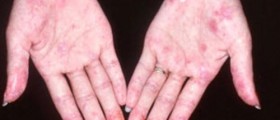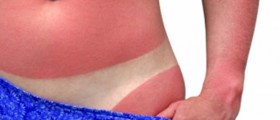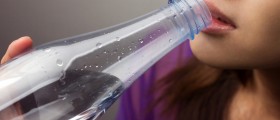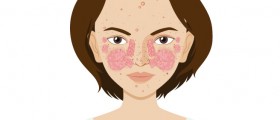Most people have experienced sunburns of some degree, at least once in a lifetime. Depending on the skin type and the concentration of melanin in the skin, different persons need different levels of exposure to sunlight before they get sunburns, but even people with darker or black skin are not entirely protected. There are various sunscreen products with an SPF (sun protection factor) varying from 15 to higher than 100. However, this is the story before you get sunburns. Here is some information on what symptoms and consequences you can expect if you haven’t used sunscreen or some other type of protection from the sunlight.
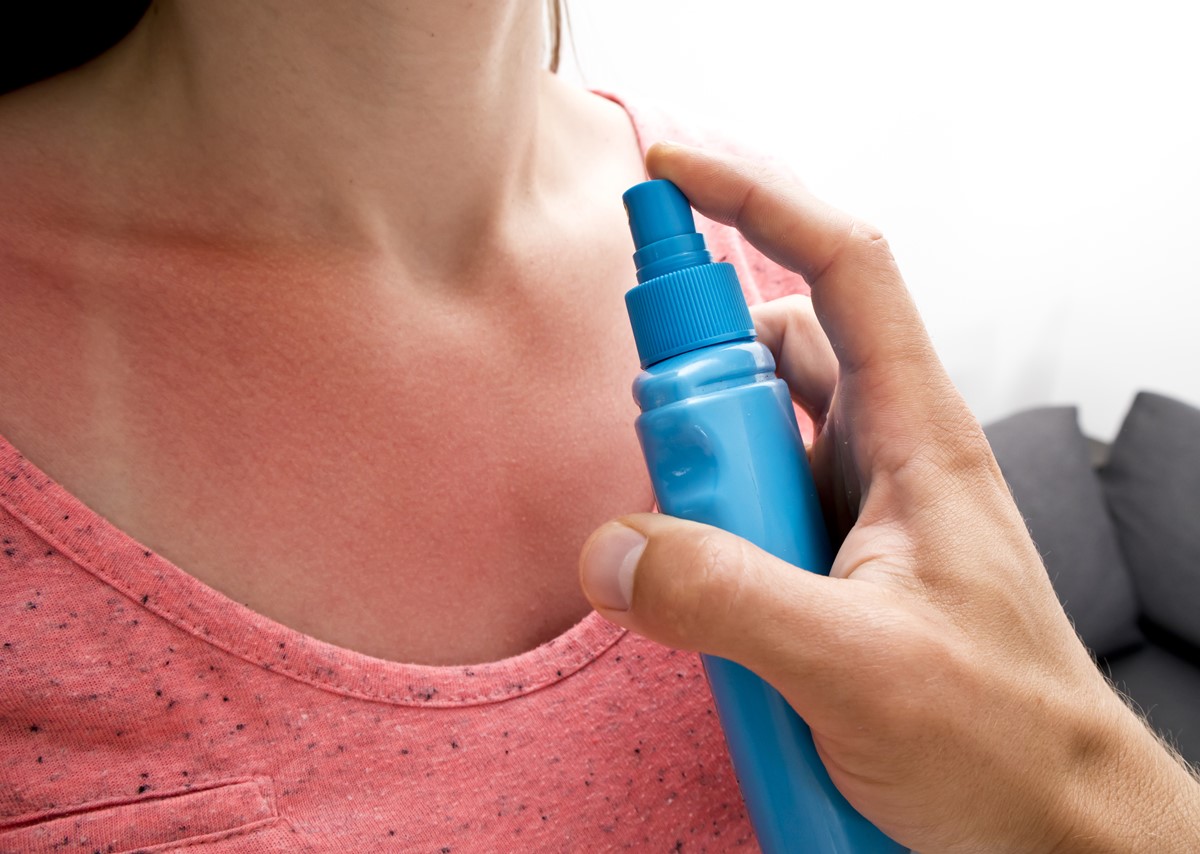
1. Redness Of The Skin
The most common symptom of sunburns is hyperemia (redness of the skin). This inflammation of the skin occurs due to the harmful effect of UV radiation to the skin cells, in particular to their DNA. The damage to the DNA causes the skin cells to enter a process called apoptosis (programmed cellular death), which results in skin inflammation and dilatation of the blood vessels of the skin. In first-degree sunburns, redness of the skin is the most pronounced symptom.
2. Pain
The above mentioned inflammatory process is accompanied by pain, which can be mild to moderate, but in some cases, especially in second-degree sunburns, it can be severe and even disabling. Persons with sunburns usually describe the pain as a burning sensation that gets worse by touching the skin and rubbing against the clothes. The pain from sunburns can last for several days, or in more severe cases, up to several weeks.
3. Swelling Of The Skin
Swelling is also a component of the inflammatory process occurring in the skin during sunburns. In some persons the swelling is almost unnoticeable, while in others, it can be very severe. It also highly depends on the burn degree. In first-degree sunburns, a significant amount of swelling is very rare. However, in second-degree sunburns, blisters filled with fluid form and the swelling is usually much more noticeable.
4. Systemic Symptoms
Similarly to inflammation of any other origin, the inflammation from sunburns can also produce inflammatory mediators which cause systemic symptoms, such as fever, increased body temperature, and a general feeling of unwellness. If these symptoms become severe, you should visit your doctor in order to prevent further complications.
If you experience the symptoms of sunburns, first of all, hide from the sunlight as soon as you notice them!
You can use topical moisturizing creams to help your skin stay hydrated. If the sunburned area of the skin is not very big, cold compresses can be very helpful to reduce the inflammation and alleviate pain.
If the pain is very severe, you can use one of the non-steroidal anti-inflammatory drugs (NSAIDs), such as ibuprofen for pain relief.
In cases when a high percentage of the skin surface is affected by sunburns, you should definitely visit your doctor for more specific advice on how to deal with this issue.
- D’Orazio J, Jarrett S, Amaro-Ortiz A, Scott T. UV Radiation and the Skin. International Journal of Molecular Sciences. 2013.14(6):12222-12248. doi:10.3390/ijms140612222.
- Sheehan JM, Young AR. The sunburn cell revisited: an update on mechanistic aspects. Photochem Photobiol Sci. 2002 Jun1(6):365-77.
- Pandolf KB, Gange RW, Latzka WA, Blank IH, Kraning KK 2nd, Gonzalez RR. Human thermoregulatory responses during heat exposure after artificially induced sunburn. Am J Physiol. 1992 Apr.262(4 Pt 2):R610-6.
- Photo courtesy of SteadyHealth









